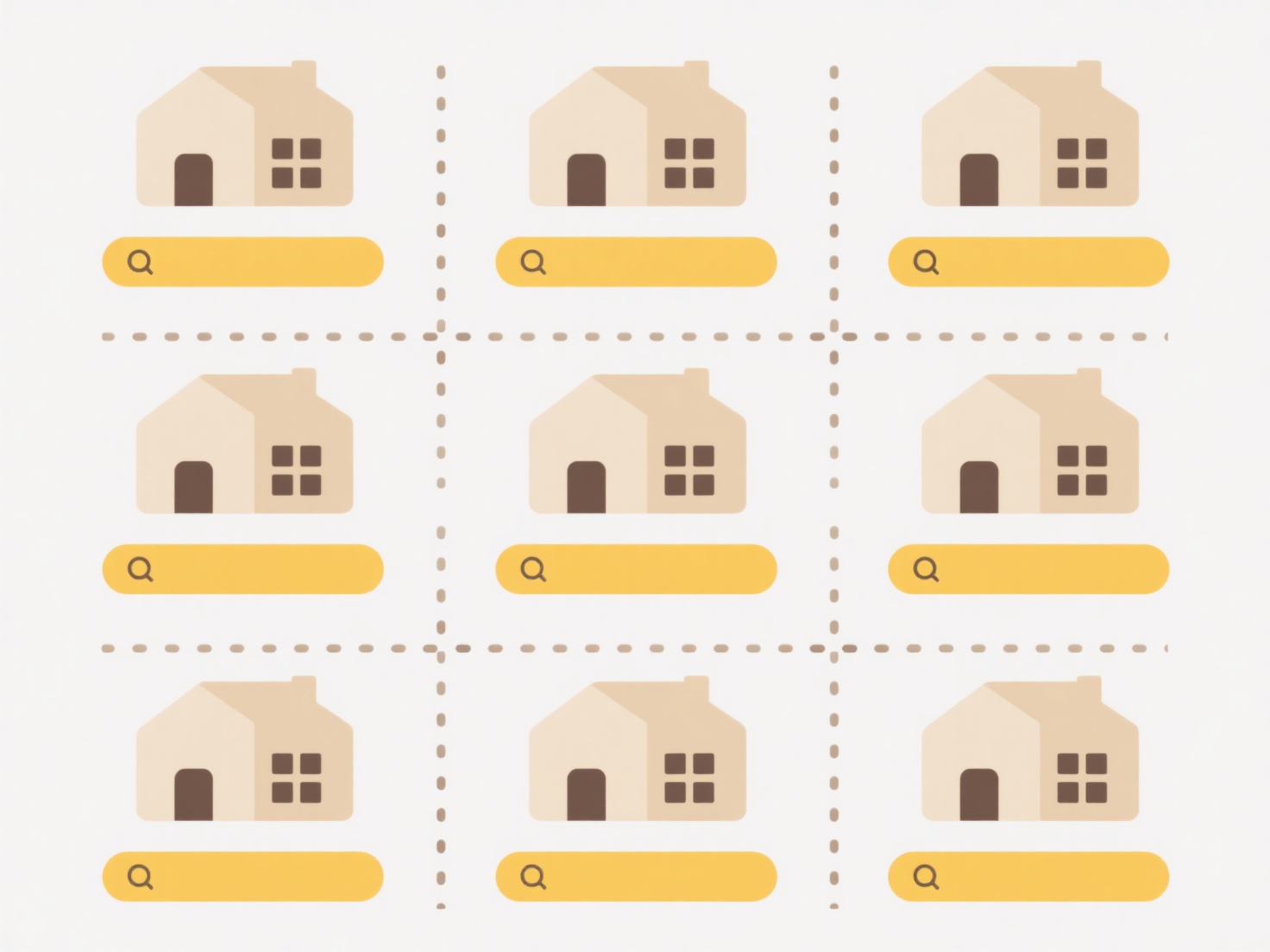
File priority during sync allows you to specify the order in which files are transferred between devices or to the cloud. This differs from standard sync, which typically processes files sequentially or based on modification time, by letting you designate critical files to sync first. It works by letting you assign higher priority levels to specific files or folders within your sync settings.
A common example is prioritizing recently edited project files before syncing older backups. Video editors often prioritize current project assets so collaborators have immediate access. Similarly, in disaster recovery scenarios, critical business documents might be flagged to sync before less urgent archival data. Most sync tools like Dropbox, Syncthing, or specialized backup software offer this feature through their settings menus.

Controlling file priority significantly improves efficiency for critical tasks by ensuring essential data arrives first. It optimizes limited bandwidth usage effectively. However, this feature's implementation varies; some apps only allow folder-level prioritization or require manual configuration each time. Future development aims for smarter, automated context-aware prioritization based on usage patterns.
Can I control file priority during sync?
File priority during sync allows you to specify the order in which files are transferred between devices or to the cloud. This differs from standard sync, which typically processes files sequentially or based on modification time, by letting you designate critical files to sync first. It works by letting you assign higher priority levels to specific files or folders within your sync settings.
A common example is prioritizing recently edited project files before syncing older backups. Video editors often prioritize current project assets so collaborators have immediate access. Similarly, in disaster recovery scenarios, critical business documents might be flagged to sync before less urgent archival data. Most sync tools like Dropbox, Syncthing, or specialized backup software offer this feature through their settings menus.

Controlling file priority significantly improves efficiency for critical tasks by ensuring essential data arrives first. It optimizes limited bandwidth usage effectively. However, this feature's implementation varies; some apps only allow folder-level prioritization or require manual configuration each time. Future development aims for smarter, automated context-aware prioritization based on usage patterns.
Quick Article Links
What is metadata and how does it help with file search?
Metadata refers to descriptive information about a file, essentially "data about data". It includes details like the fil...
Can I view sync history?
Sync history refers to the chronological record of synchronization events performed by an application or service. It tra...
What are the golden rules for sustainable file organization?
Sustainable file organization refers to establishing consistent naming conventions, folder structures, and management pr...